Wave of teacher testimonies emerges after ex-educator disputes MOE’s workload assertions
Teachers across Singapore are sharing concerns over heavy workloads, large class sizes and unresolved systemic issues, after former educator Jo Ann Kuek publicly challenged parliamentary statements on teacher workload and urged the Ministry of Education to confront on-the-ground realities.

- Former teacher Jo Ann Kuek challenged parliamentary claims about reduced workload, arguing that such initiatives do not reflect actual school conditions.
- Her post triggered widespread responses from teachers sharing burnout and concerns over class sizes.
- Educators highlighted systemic issues including excessive marking loads, inconsistent school leadership and administrative pressures driving many to leave the profession.
SINGAPORE: Teachers in Singapore are voicing long-standing frustrations about workload pressures and classroom realities after a former educator publicly challenged recent parliamentary statements, triggering a wave of responses from within the profession.
A former secondary-school teacher, Jo Ann Kuek, wrote a detailed letter dated 21 November 2025 and posted it on Instagram, responding to a parliamentary speech delivered by Education Minister Desmond Lee on 4 November 2025.
In her letter, Kuek argued that the initiatives highlighted in Parliament—such as allowing teachers to work from home, arrive later, or leave earlier on days without classes—do not reflect the realities of school operations.
She wrote that most teachers “do not have days without lessons, meetings or activities that require them to be physically present”.
Kuek also questioned whether Ministry of Education (MOE) officials had directly observed school operations to assess whether such initiatives were being implemented and how widely they were adopted.
She urged Lee to visit schools unannounced and “step into the classrooms that aren’t being shown to you”.
Following her letter, both Lee and Minister of State for Education Jasmin Lau contacted Kuek.
In an Instagram update posted later on 21 November, she confirmed that the two ministers had reached out separately to discuss the concerns she raised.
Kuek said she intended to compile the numerous responses she had received from teachers, emphasising the need to ensure that “real voices from the ground” were heard.
Concerns Over Class Size and Research Cited
A significant portion of Kuek’s letter focused on class sizes in secondary schools. She said that during her teaching career, she managed four to seven classes of 40 to 43 students, stressing that “class size matters”.
She questioned the Ministry’s long-standing position that reducing class sizes does not significantly improve student outcomes, suggesting that the research frequently cited “does not reflect our local classroom realities”.
Kuek also referenced a 21 March 1996 parliamentary debate in which opposition MP Chiam See Tong proposed reducing class sizes to about 30 students.
She noted that then-Education Minister Lee Yock Suan rejected the proposal, arguing it would double teachers’ workload without improving results.
Kuek said she hoped MOE is now better informed than it was in the past, and cautioned against leaving class-size decisions solely to individual school leaders, as practices could vary widely.
Personal Account of Burnout
Kuek taught under MOE from 2003 to 2010. She said she resigned on 18 January 2010 after becoming “burnt out” and developing stress-related thyroid issues that now require lifelong medication.
She wrote that on her final day she left the school “with a box of letters and cards from my students and nothing else”, before breaking down while walking along Orchard Road later that afternoon.
A month after her resignation, she received a letter stating she owed S$0.52 due to a salary computation error—an experience she described as “a slap in the face”.
Teachers Share Their Experiences
Following Kuek’s post, many educators took to Instagram to share their own experiences and concerns regarding the education system, including class size and heavy workload.
One user commented that class size does matter, noting first-hand experience teaching a class of around 20 students compared with a full class of 40.
Although she enjoyed teaching, she quit after eight years because the workload was not sustainable for her energy and family commitments.
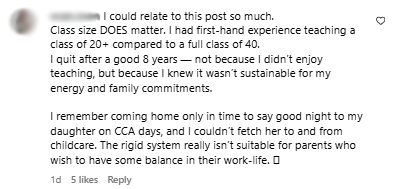
Another user said she left the system despite her love for teaching, adding that she was burnt out.
“Class size matters! Ask any teacher. Workload keeps increasing despite what MOE thinks they are doing to reduce it. Teachers do too many unnecessary things besides teaching," she wrote.
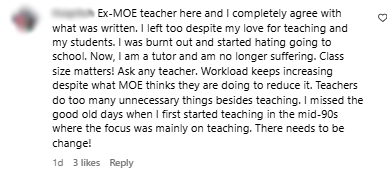
One educator highlighted issues with school management, saying that principals face little accountability despite poor feedback from school climate surveys conducted every two years.
“Every year, we go through our appraisals, and if we don’t get a good grade, our performance bonuses are cut. Yet nothing seems to happen to principals who receive terrible feedback,” the user wrote, adding: “If staff welfare is neglected, how can we possibly translate that into genuine care for our students?”
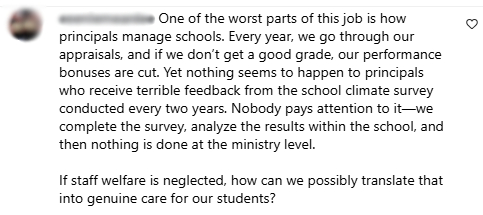
Long Hours and Heavy Workloads
Another former teacher said the post resonated strongly with her, noting that she eventually left due to excessive workload.
She explained that marking alone could take enormous amounts of time: with seven Literature classes of 40–43 students and one English class, even at an “optimistic” five minutes per script, each assignment required at least 16 hours of marking.
“With meetings, consultations, admin, emails, lesson preparation, CCA duties, competitions, and committee work, you are looking at working more than 60 hours a week,” she said.
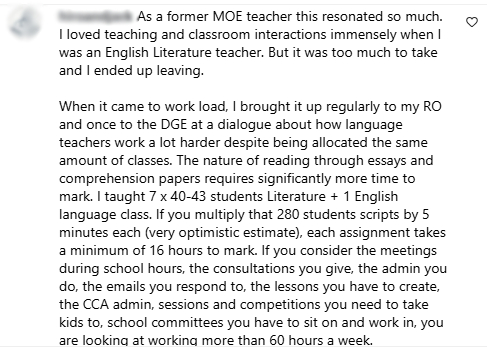
Another former MOE teacher who spent 13 years in service described daily exhaustion from juggling teaching, assembly duties, security duties and recess supervision.
Even short breaks were consumed by other obligations.
“Primary kids nowadays are not easy to handle and 40 of them in a class is no joke,” she wrote, adding that the stress eventually pushed her to quit despite her passion for teaching.
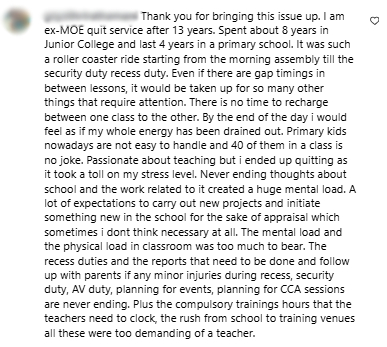
Comparisons from Teachers Working Overseas
Some commenters who have left the system and now teach abroad also weighed in.
One user who exited the system in 2010 said he is now in “a much happier place” with a far better work–life balance.
He added that he “cannot imagine teaching a class of 40 students now”, noting that his current school keeps classes to about 20 and places far fewer administrative burdens on teachers.
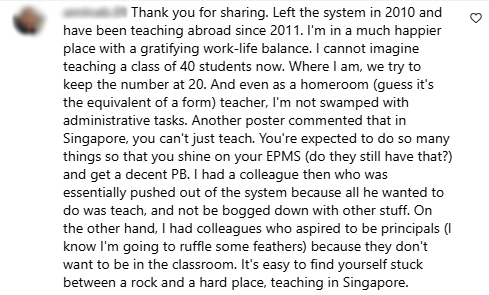
Another former MOE teacher who has spent the past decade teaching overseas said he fully empathises with Singapore-based educators, adding that halving class sizes or capping them at 25 would significantly reduce workload and stress.
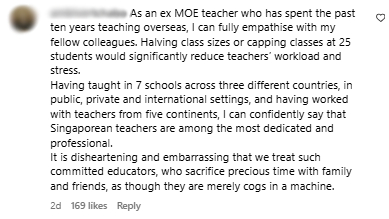
Calls for Structural Reform
Some users called for systemic reform, saying smaller class sizes would ease the workload burden on teachers.
One commenter said the “sheer overwork and lofty expectations” were driving good teachers away, and questioned who would nurture students if this continued.
He said MOE should stop closing or merging schools and abolish 40-student classes entirely.
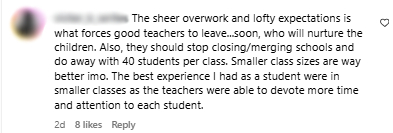
Another user cited the School of Science and Technology (SST) as an example of how small class sizes and applied learning can produce strong academic and developmental outcomes, urging MOE to study its model.

One user noted that she has many teacher friends on the verge of burnout and depression, with many leaving the service in disappointment and hurt.
“It’s time that policy changes are implemented to improve the working conditions of teachers,” she wrote.


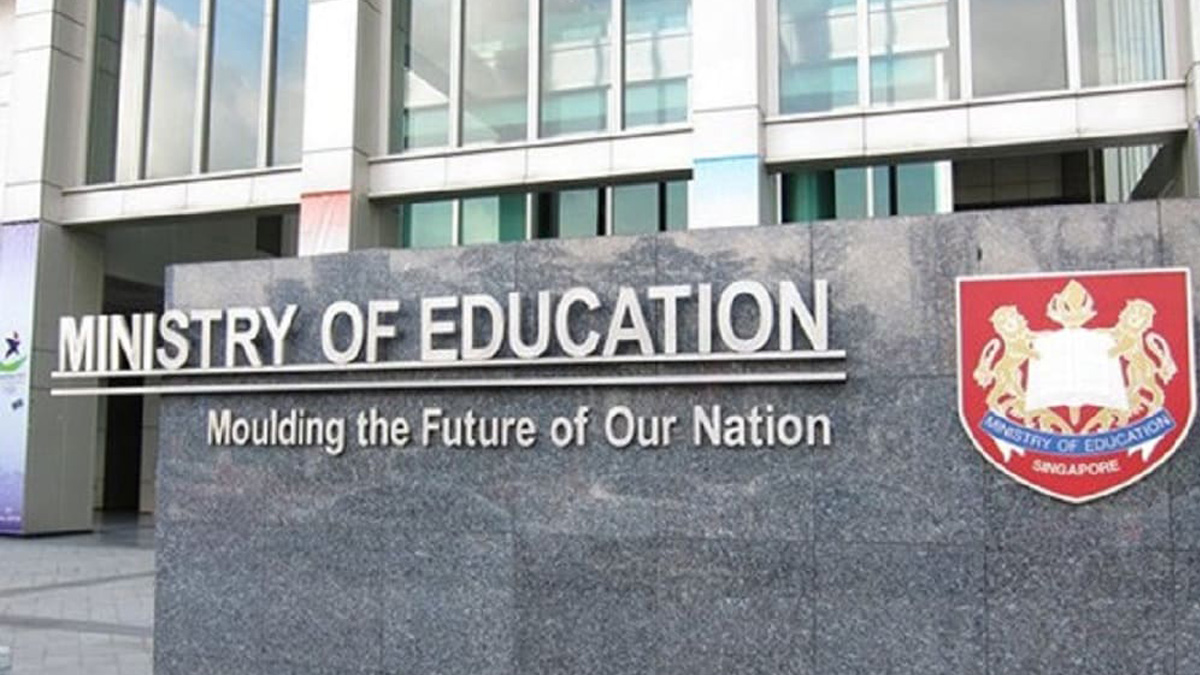
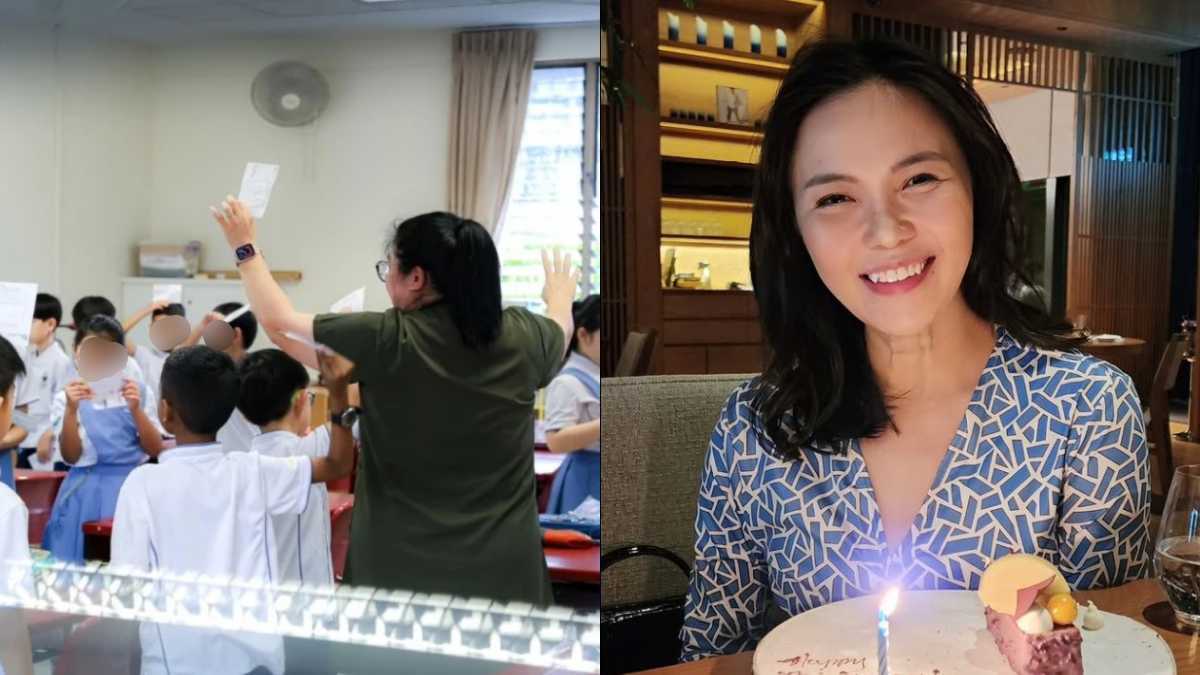
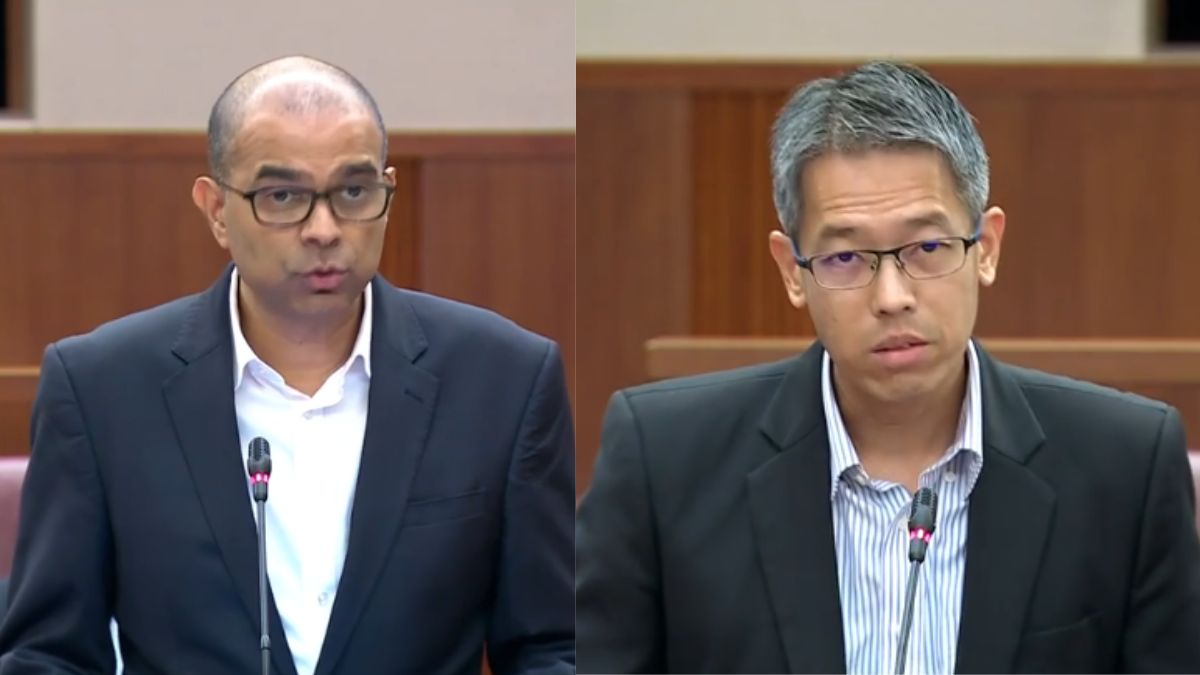
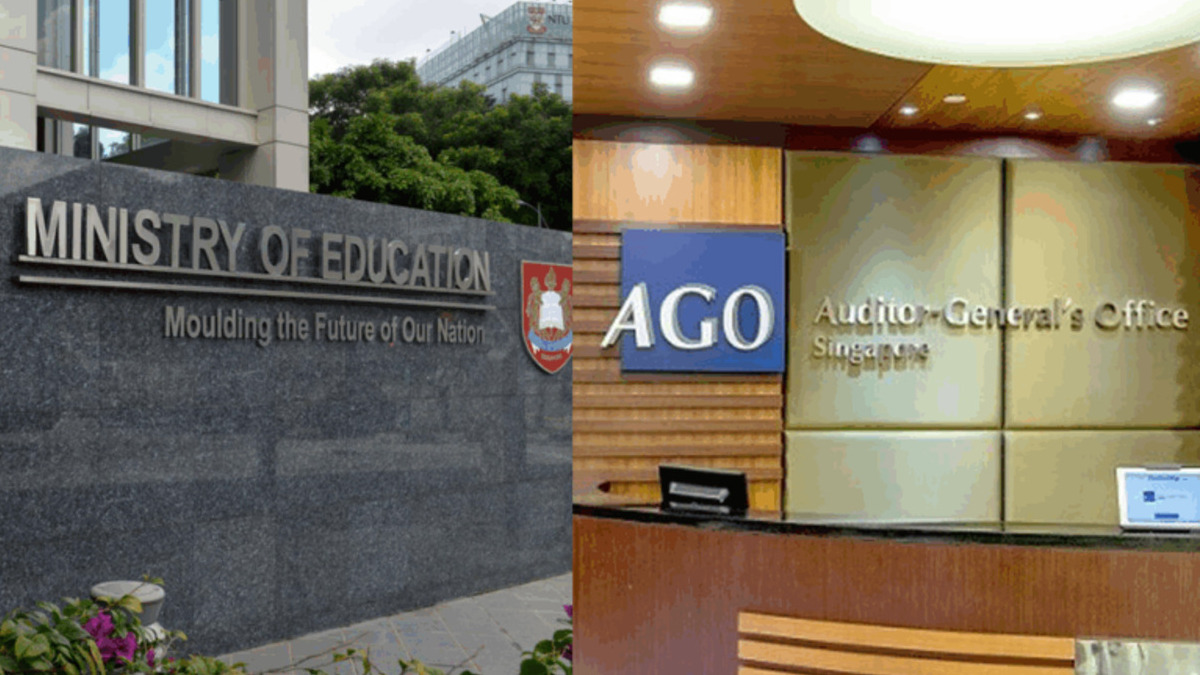

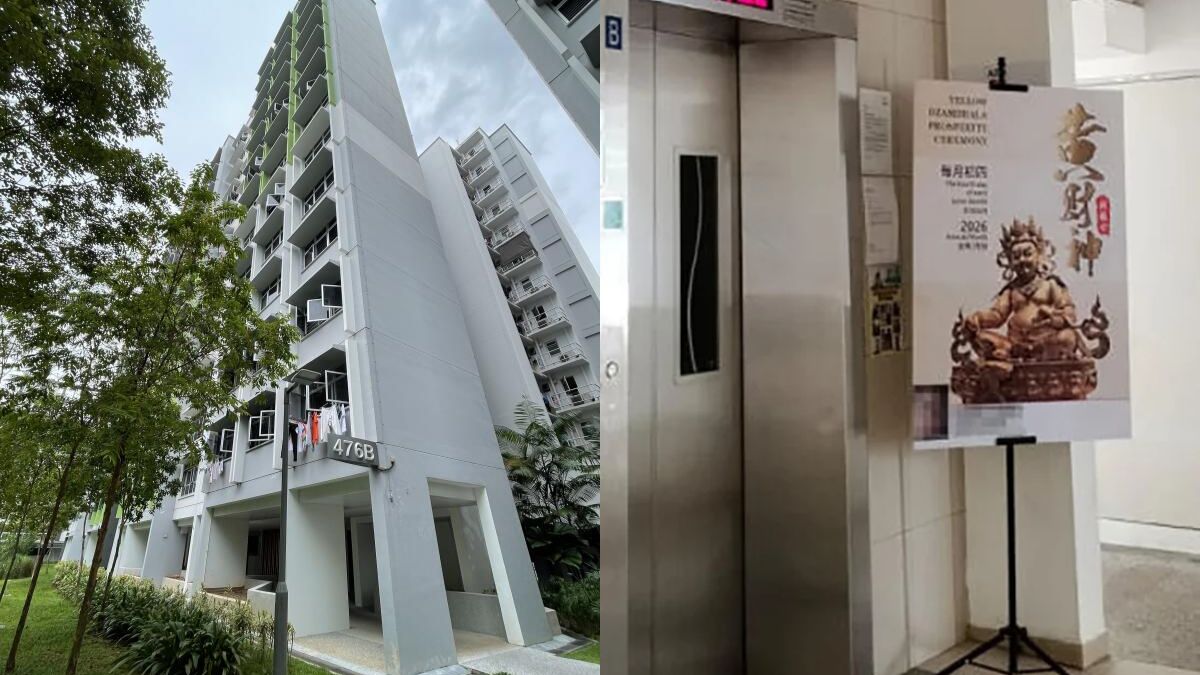



0 Comments